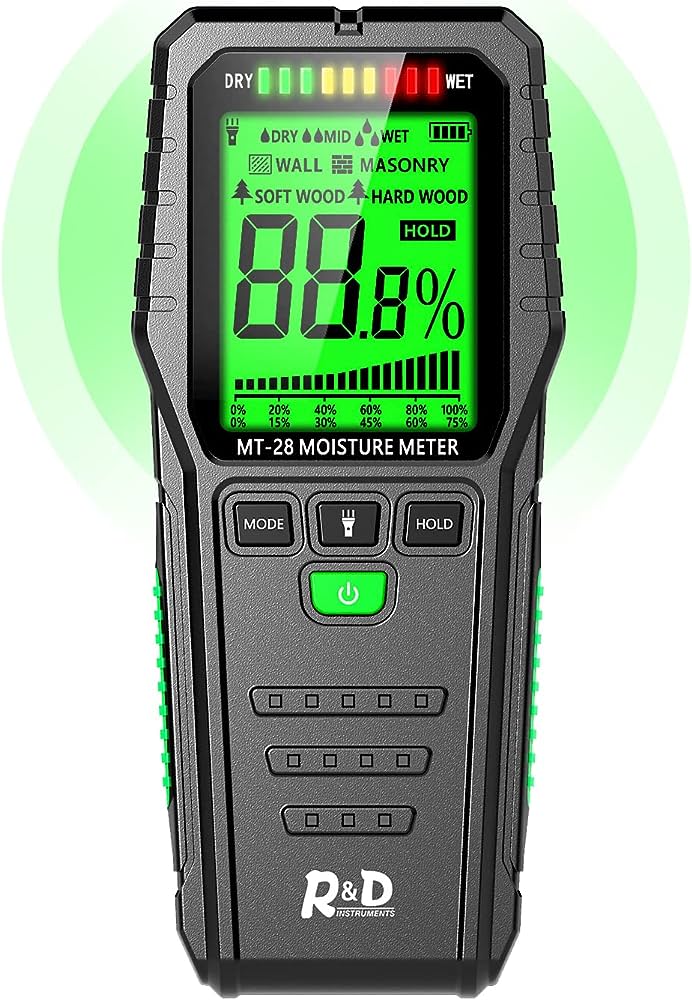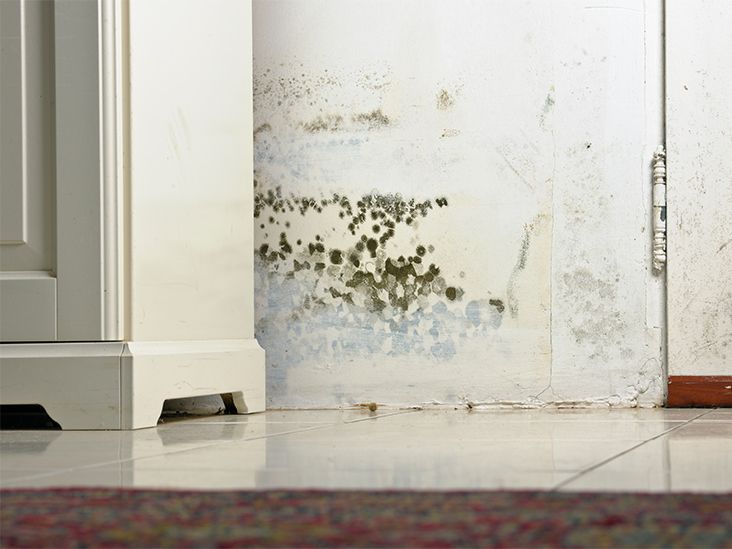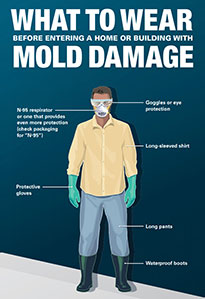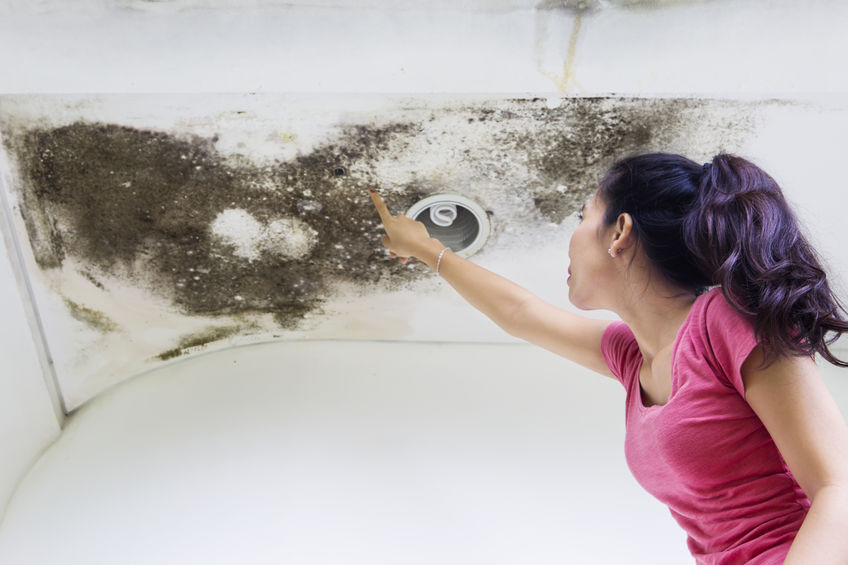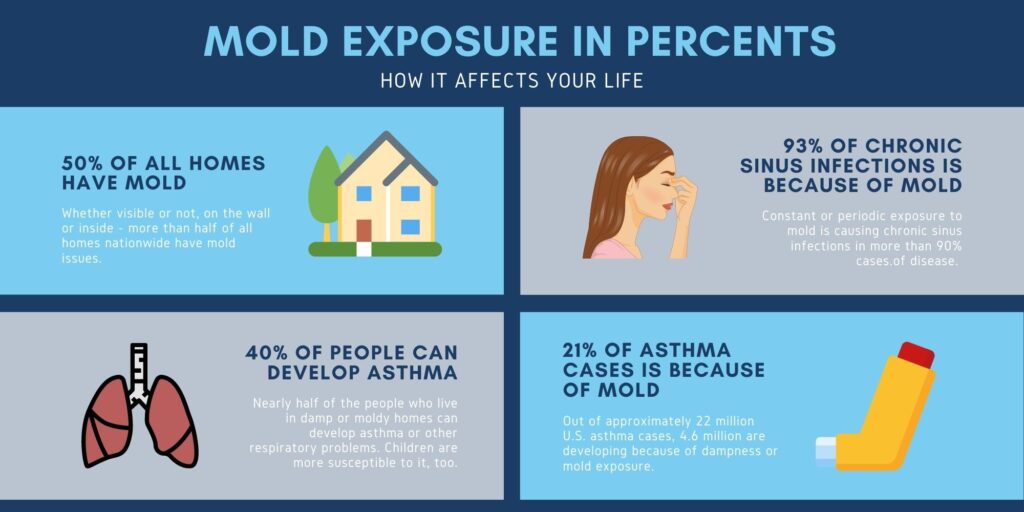You’re probably wondering if there is a tool out there that can help you detect mold in your walls. Well, good news – there is! Mold growth in walls can be a serious issue that often goes unnoticed until it causes significant damage. In this article, we will explore the different tools available that can help you identify and address mold problems in your walls, ensuring a healthy and safe living environment for you and your loved ones. So, let’s dive right in and discover how you can tackle this unseen menace head-on!


Methods to Detect Mold
When it comes to detecting mold in your home or building, there are several methods at your disposal. Each method has its own advantages and limitations, but together they provide a comprehensive approach to mold detection. In this article, we will explore different tools and techniques used for detecting mold, ranging from visual inspections to the use of mold-sniffing dogs.
Visual Inspection
One of the most straightforward methods to detect mold is through visual inspection. By visually examining your surroundings, you can often identify visible signs of mold growth. It’s important to keep an eye out for any discoloration, stains, or peeling paint, as these can be indications of mold presence. Additionally, warping or bubbling of wallpaper may suggest the presence of mold behind it. If you notice any visible mold growth, it’s crucial to act quickly and address the issue before it worsens.
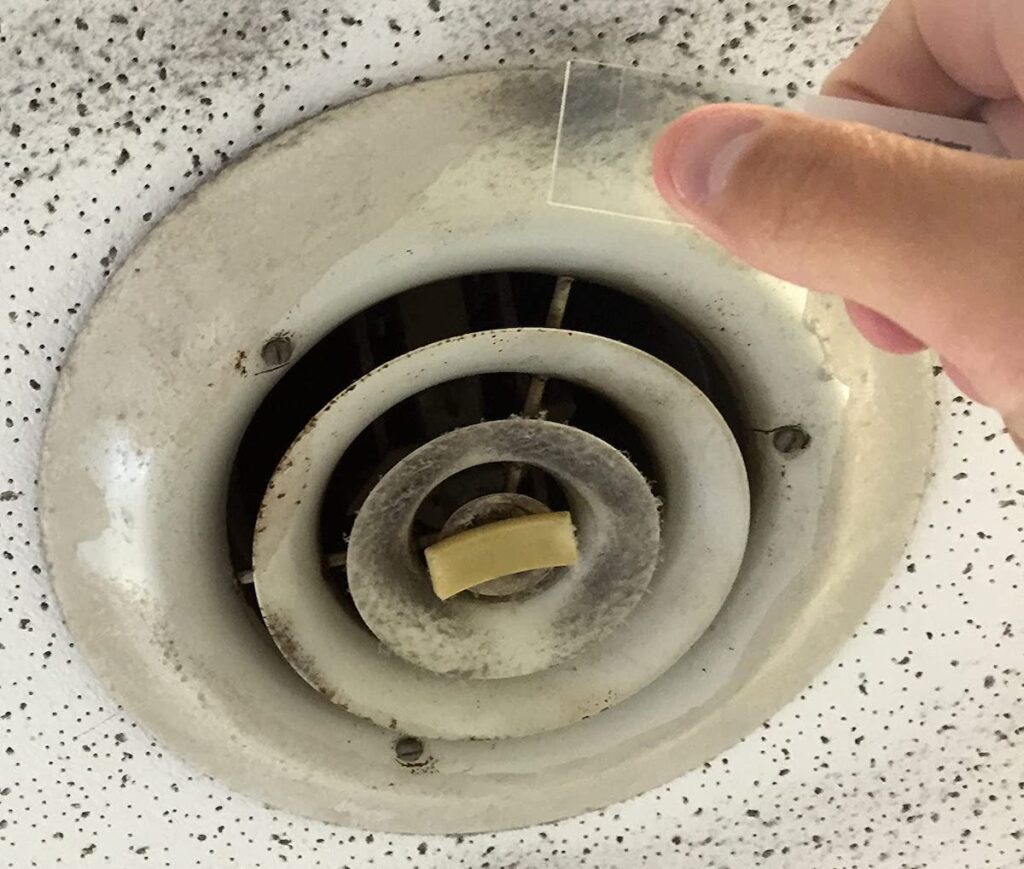

Moisture Meters
Moisture meters are handy tools used to detect excess moisture in building materials. Excessive moisture can create an environment conducive to mold growth. By utilizing a moisture meter, you can measure the moisture content in various materials such as wood, drywall, or concrete. This allows you to identify potential areas where mold might thrive. Moisture meters are particularly useful for detecting hidden leaks or dampness that may not be visible to the naked eye.
Thermal Imaging Cameras
Thermal imaging cameras provide a non-invasive way to detect potential moisture or mold issues. These cameras capture infrared radiation, which is emitted by objects based on their temperature. By analyzing the thermal patterns of a surface, you can identify areas with temperature variations that may indicate moisture or mold growth. Thermal imaging cameras are especially useful for locating hidden mold behind walls or within insulation.


Mold Testing Kits
For a more precise assessment of mold presence, mold testing kits are another option. These kits typically include sampling materials and instructions for collecting samples. Once you’ve collected the samples, you can send them to a laboratory for analysis. The lab will then identify the types and quantities of mold present in the samples. Mold testing kits are a useful tool for determining the extent of mold contamination in your home or building, but it’s important to note their limitations and accuracy.
Electronic Nose
An electronic nose, as the name suggests, is a device that detects mold-related volatile organic compounds (VOCs). Mold emits these VOCs, which can have distinct odors. The electronic nose works by analyzing the air for the presence of these compounds. While an electronic nose can be a helpful tool for detecting mold, it’s important to consider its limitations and accuracy. Some compounds emitted by mold may not be detected by the electronic nose, and the presence of other strong odors in the environment may interfere with its readings.
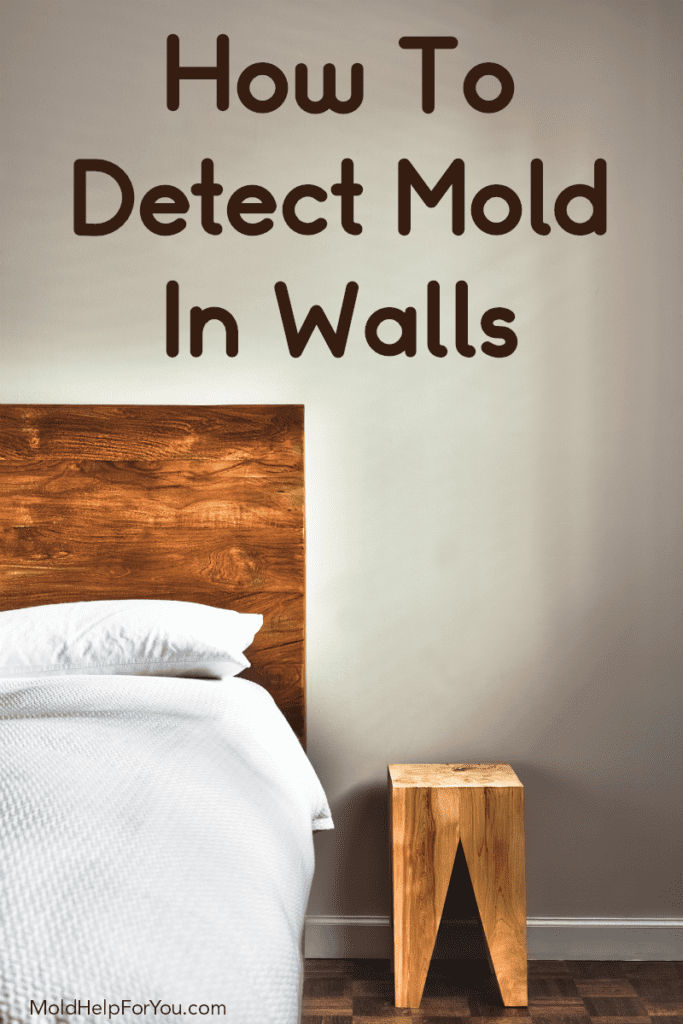

Fiber-optic Inspection
In situations where mold growth is suspected in hard-to-reach areas, fiber-optic inspection can be a useful method. Fiber-optic scopes are flexible, allowing them to navigate through narrow spaces and provide visual access to inaccessible areas. By inserting the scope into wall cavities, ductwork, or other concealed spaces, you can visually inspect for any signs of mold growth. While fiber-optic inspection can be helpful, it does have its limitations. The scope’s range will depend on its length and flexibility, potentially limiting its effectiveness in certain situations.
Infrared Cameras
Similar to thermal imaging cameras, infrared cameras also use infrared radiation to detect temperature differences. By identifying cold spots on surfaces, infrared cameras can indicate potential moisture or mold issues. These cold spots are often a result of moisture evaporating from the surface, suggesting a conducive environment for mold growth. Infrared cameras, like thermal imaging cameras, are particularly useful for identifying hidden mold behind walls or within building materials.


Exposure Assessment
In some cases, determining the concentration of airborne mold spores may be necessary for a comprehensive mold assessment. This can be done through an exposure assessment, which involves sampling the air to measure the mold spore concentration. Various sampling techniques, such as air sampling pumps or settle plates, can be used to collect samples. The collected samples are then analyzed to determine the types and quantities of mold spores present. The results of the exposure assessment can help in assessing potential health risks associated with mold exposure.
Professional Mold Inspections
For a thorough and accurate assessment of mold in your home or building, professional mold inspections are highly recommended. Mold inspectors have the knowledge, experience, and proper equipment to detect and assess mold growth effectively. They utilize a combination of the methods mentioned earlier, such as visual inspection, moisture meters, mold testing kits, and infrared cameras, to provide a comprehensive evaluation of the mold situation. Hiring a professional mold inspector can give you peace of mind and ensure that any mold issues are properly addressed.
Mold-sniffing Dogs
Believe it or not, dogs can be trained to sniff out mold. Mold-sniffing dogs are specifically trained to detect the distinct odor of mold. These highly trained canines can locate hidden mold growth even in areas that may not be visible or accessible to humans. Mold-sniffing dogs are exceptionally useful for large-scale buildings or areas with complex structures. While they may not be the most commonly used method for mold detection, they can provide an additional level of accuracy, especially in challenging situations.
In conclusion, detecting mold in your home or building is crucial for maintaining a healthy and safe environment. With a variety of tools and techniques available, you have options to choose from based on your specific needs and circumstances. Visual inspection, moisture meters, thermal imaging cameras, mold testing kits, electronic noses, fiber-optic inspection, infrared cameras, exposure assessment, professional mold inspections, and mold-sniffing dogs all contribute to a comprehensive mold detection approach. By being proactive and diligent in identifying and addressing mold issues, you can safeguard the well-being of yourself and your loved ones.

